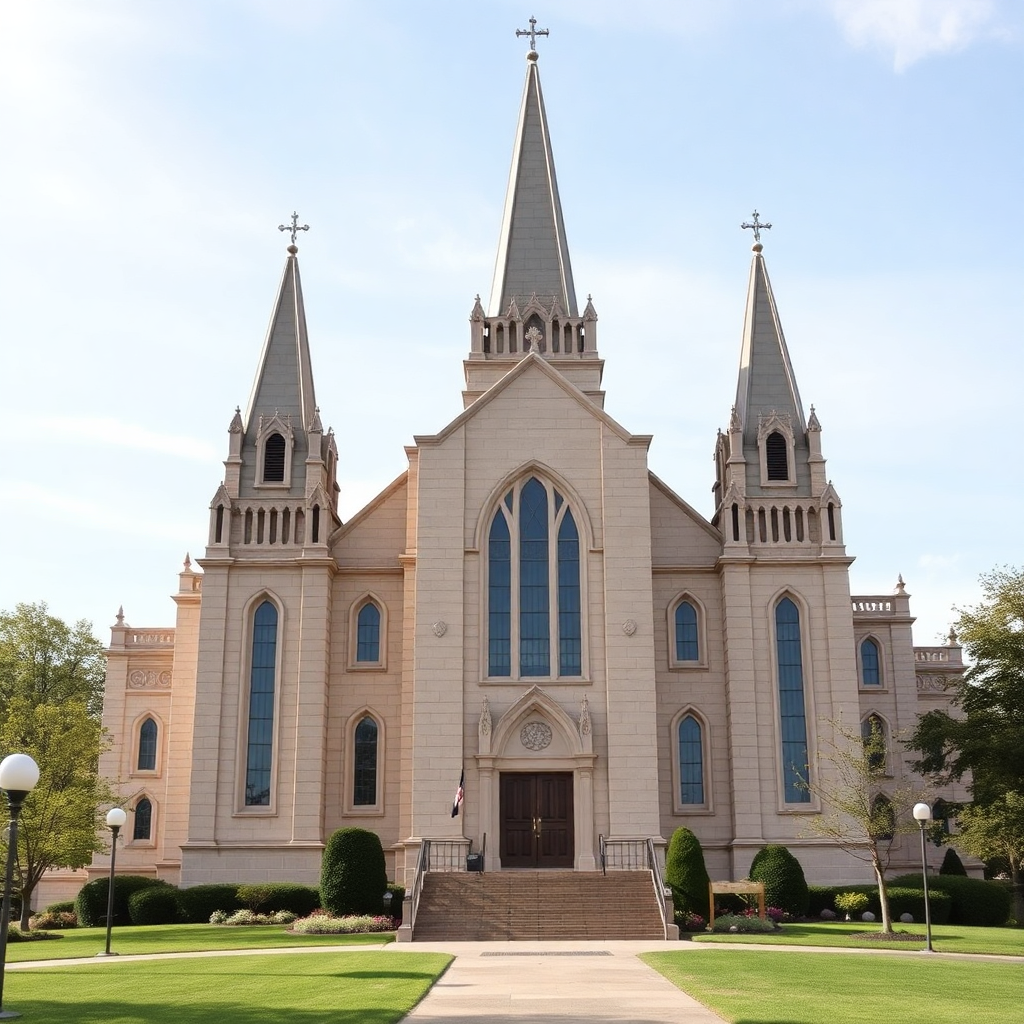Understanding The Church of Jesus Christ of Latter-day Saints
Members believe in continuing revelation through living prophets, with the church president serving as prophet, seer, and revelator. They accept four books as scripture: the Bible, the Book of Mormon, the Doctrine and Covenants, and the Pearl of Great Price.
The Church of Jesus Christ of Latter-day Saints, commonly known as the LDS Church or Mormon Church, stands as one of the fastest-growing Christian denominations in the world. Founded in 1830 by Joseph Smith Jr. in upstate New York, this religious movement has grown from a small group of believers to a global organization with over 16 million members across more than 190 countries and territories.
Historical Origins and Founding
The church's origins trace back to what members call the "First Vision," when Joseph Smith claimed to have received a divine revelation in 1820 as a 14-year-old boy. According to church doctrine, Smith was visited by God the Father and Jesus Christ, who told him that existing Christian churches had strayed from original teachings. Over the following years, Smith reported additional revelations, including the discovery of golden plates that he translated into the Book of Mormon, which members consider scripture alongside the Bible.
The church was officially organized on April 6, 1830, in Fayette, New York, with six founding members. Early growth was accompanied by persecution and conflict, leading to multiple relocations from New York to Ohio, Missouri, and eventually Illinois, where Joseph Smith was killed by a mob in 1844. Following Smith's death, Brigham Young emerged as the church's second prophet and led the majority of members on a difficult westward migration to the Salt Lake Valley in Utah Territory.

Core Beliefs and Doctrine
The Church of Jesus Christ of Latter-day Saints identifies itself as a Christian faith centered on Jesus Christ as Savior and Redeemer. However, several distinctive doctrines set it apart from mainstream Christianity. Members believe in continuing revelation through living prophets, with the church president serving as prophet, seer, and revelator. They accept four books as scripture: the Bible, the Book of Mormon, the Doctrine and Covenants, and the Pearl of Great Price.
Central to LDS theology is the concept of the Godhead as three separate beings united in purpose, rather than the traditional Christian Trinity. The church teaches that humans are literal spirit children of God and that families can be eternal through sacred temple ordinances. Members believe in baptism by immersion for the remission of sins, typically performed at age eight, and the laying on of hands for the gift of the Holy Ghost.
Organization and Leadership Structure
The church operates under a hierarchical structure led by the First Presidency, consisting of the president (prophet) and his counselors. The Quorum of the Twelve Apostles serves as the second-highest governing body, followed by the Quorums of the Seventy. This leadership structure extends down through geographic regions, stakes (similar to dioceses), and local wards (congregations).
The church emphasizes lay leadership, with most positions filled by volunteer members rather than paid clergy. Local congregations are led by bishops who serve without compensation while maintaining their regular careers. This structure enables rapid expansion and maintains strong community connections, as leaders live among and work alongside the members they serve.
Practices and Worship
Weekly worship services, held on Sundays, center around the sacrament (communion), where members partake of bread and water to remember Jesus Christ's sacrifice. Services include prayers, hymns, and talks given by congregation members rather than professional clergy. The church emphasizes family-centered gospel learning, encouraging regular family home evenings and daily family prayer and scripture study.
Temple worship represents one of the most distinctive aspects of LDS practice. The church operates over 170 temples worldwide where members participate in sacred ordinances including baptisms for deceased ancestors, endowments, and eternal marriage ceremonies. These temples are considered the most sacred spaces in LDS worship and are open only to members who meet specific worthiness requirements.
Modern Global Presence
Today, The Church of Jesus Christ of Latter-day Saints operates extensive missionary, educational, and humanitarian programs worldwide. Approximately 50,000 full-time missionaries serve in countries around the globe, typically for 18-24 months. The church maintains Brigham Young University campuses, runs a vast family history program including the popular FamilySearch website, and provides significant disaster relief and humanitarian aid through its welfare system.
The church has worked to emphasize its full name in recent years, with leaders asking members and media to use "The Church of Jesus Christ of Latter-day Saints" rather than shortened versions. This effort reflects the organization's desire to emphasize its Christian identity and move away from informal names that may obscure its focus on Jesus Christ.
Challenges and Contemporary Issues
Like many religious organizations, the church faces various challenges in the modern era, including questions about historical issues, changing social attitudes, and maintaining growth in developed nations. The organization has made efforts to increase transparency about its history while maintaining core doctrinal positions. The church continues to adapt its programs and outreach methods to serve an increasingly diverse global membership while preserving fundamental teachings and practices that define the faith.